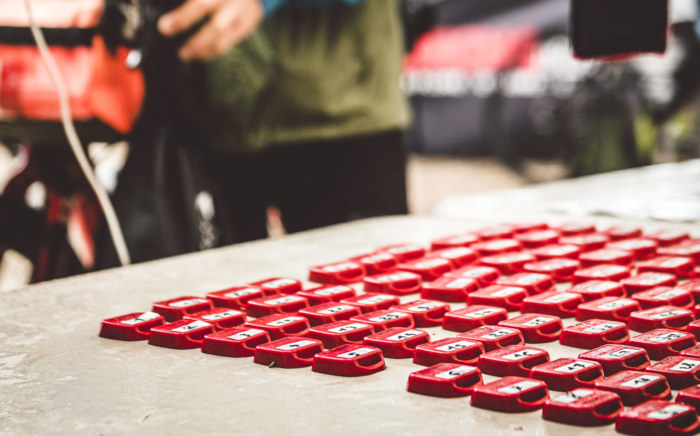Hello everyone!
Ultra-distance cycling is a demanding discipline that pushes athletes to their physical and mental limits. One of the essential aspects to ensure safety and optimize performance is a good lighting system.
Axel Carion, explorer and founder of BikingMan, shares his expertise to guide cyclists through the various lighting options available. Here are the basics to know to choose the right lighting for ultra-distance cycling.
Ultra-range lighting with Axel Carion
Why is lighting crucial in ultra-distance cycling?
Lighting plays a vital role in ultra-distance cycling, not only for seeing the road but also for being seen by other road users. Most ultra-distance cycling races span several days, often involving nighttime sessions. Having adequate lighting ensures safety, improves visibility, and reduces visual fatigue.
The Different Categories of Lighting : Axel Carion proposes three main categories of lighting:
- Battery lights
Advantages : Battery lights are generally the most affordable and easiest to find on the market. They can be attached almost anywhere on the bike, regardless of the configuration of bags or handlebars. Many models offer several hours of autonomy, which is crucial for long distances.
Disadvantages : Battery lights require regular recharges, which can be challenging during a race. Some models use older USB connectors that take longer to recharge.
Axel’s Tips : Choose a light that offers a good balance between light power and autonomy. For example, a very powerful light with only one hour of autonomy is not useful for ultra-distance cycling. Prefer models with modern connectors like USB-C that allow for faster recharging.
- Smart lights
Advantages : Smart lights, like the Garmin VARIA, offer additional features such as vehicle detection, accelerometers to adjust brightness based on speed, and smart flashing modes. They can act as electronic rearview mirrors, enhancing the cyclist’s safety.
Disadvantages : These models are often more expensive due to their advanced features.
Axel’s Tips : Consider these lights if you regularly participate in ultra-distance races or if you seek to significantly improve your safety on the road.
- Dynamo Lights
Advantages : Dynamo lights work as long as you pedal, eliminating the need for frequent recharges. Dynamo systems are designed to last thousands of kilometers, making them an ideal solution for long journeys.
Disadvantages : They require a special front wheel with a dynamo hub, which can be a significant initial investment. There can be a slight loss of power with dynamo systems.
Axel’s Tips : Dynamo systems are perfect for those planning long adventures without frequent access to recharging sources. Invest in quality models to ensure optimal performance.
Axel emphasizes the importance of preparing a lighting strategy tailored to your race goals. For instance, if you plan to ride mainly during the day with regular breaks, a battery light might suffice. However, for prolonged nighttime sessions, a dynamo system might be more suitable.
Preparation for the unpredictable
It is recommended to always have backup solutions to avoid unexpected problems. It is wise to combine several types of lighting and have multiple recharging options such as power banks. Additionally, use extra visibility accessories like reflective vests and high-visibility stickers on the bike frame and wheels.
Choosing the right lighting system in ultra-distance cycling is essential to ensure safety and optimize performance. With Axel Carion’s valuable advice, you can make informed decisions based on your budget, race goals, and personal preferences. Prepare for the unexpected and be as visible as a Christmas tree on the road. Good luck, and may the light be with you in your ultra-distance adventures!
Find us on:
- Website : bikingman.com
- Instagram : bikingman_ultra
- Facebook : bikingmanultra
- Strava : / strava








